Introducing AI Integration into Utility Apps
Jack Tolley - @TechTolley
JUXT - @juxtpro
Background

- Jack - Software Engineer @ JUXT
- e/acc baby!
- @TechTolley for AI
- @juxtpro for tech talks
Overview
High-level overview of LLMs and personal experience
Breakdown
- Current State - LLM topics and tidbits
- Example Features - Awesome LLM features
- Implementation - Experience with LLM styles
- Workflow Augmentation - Using LLMs for coding
LLM Modes

Completion: Send text, get reply

Chat: String of completions

Agentic: Chat with knowledge base and tools
Commercial Models
Powerful but expensive models
- GPT-4 by OpenAI
- Gemini by Google
- Claude-3 by Anthropic
Open Source Models
Improving rapidly, customizable
- Mixtral
- LLaMa 2
Specialized Hardware
Dedicated chips for running LLMs
- Groq: 500 tokens/second
Truffle 1

Embeddings and RAG
Capturing semantic meaning, leveraging data
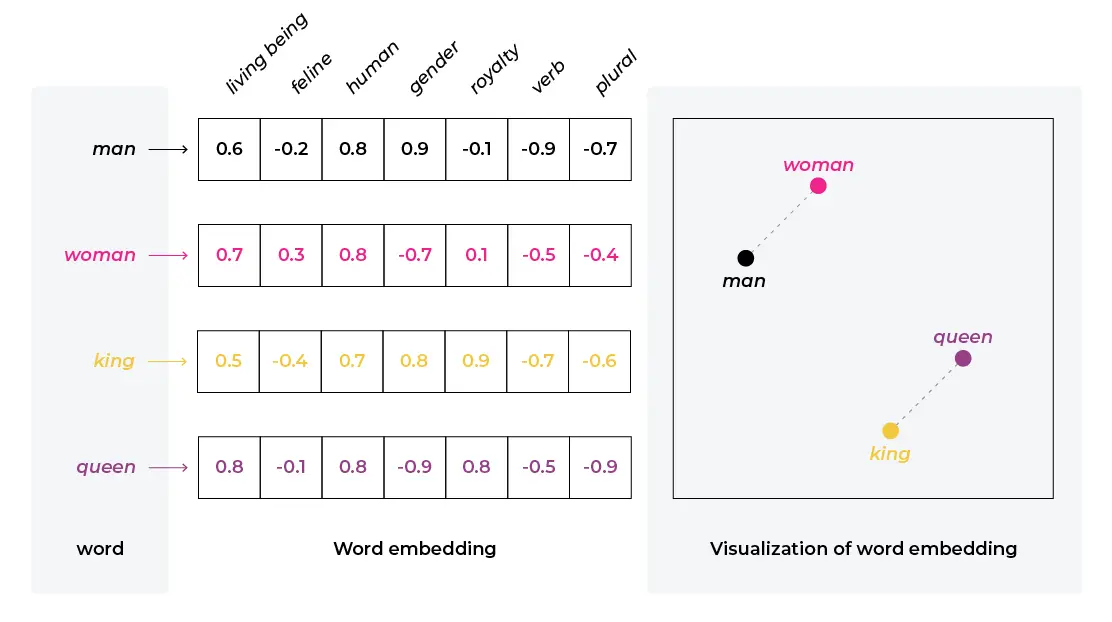
Retrieval-Augmented Generation
Prompting Techniques
Optimizing prompts for better performance
- Few-shot: Provide examples
- Chain-of-thought: Coax step-by-step reasoning
- Additive: Build on existing context
Emoji Mode

Conversation Summarization

- Generate thread titles from initial message
- Improves user experience
- Easy to implement
- Thumbs Up!
Google Calendar Agent
- Create, edit, delete, comment on events via conversation
- Powerful but challenging implementation
- Thumbs up for feature, thumbs down for usecase
Google Calendar Extension
- Stripped down version of agent
- Create events from tagged webpage text
- Extracting structured data from text
- Thumbs up
Novel YouTube Video Surfacing

- Find semantically dissimilar videos using embeddings
- Compared video transcript embeddings
- Identified least similar videos
- Useful for recommendation systems
- Thumbs up
Recommendations
- Use LLMs for completions and niche features
- Use embeddings for comparing and finding similarities
- Use LLMs for extracting structured data from text
- Working with LLM APIs is easy
Avoid AI Agents (for now)
- Slow and expensive
- Unreliable for complex tasks
- Limited model capabilities (e.g., GPT-3.5)
- Lack of insight into model's reasoning
Wrangling LLMs
Techniques for better control and results
Technique 1: Treat Like a Human
Provide context and input in a human-understandable format
Example: Using color names instead of RGB values
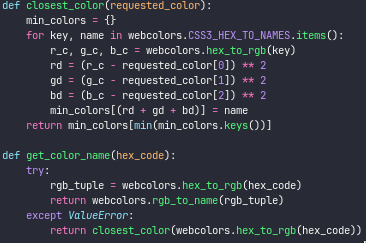
Technique 2: Allow Flexibility
Expect some variation in output formats
Parse and convert outputs as needed
Technique 3: Pipelining
Break down tasks into multiple focused API calls
Chain models for different subtasks
Iteratively refine and improve solutions
Mega Prompt

Prompt Pipeline

Design to HTML
Fed Figma design screenshots to ChatGPT
Generated a solid starting point
Input

Output
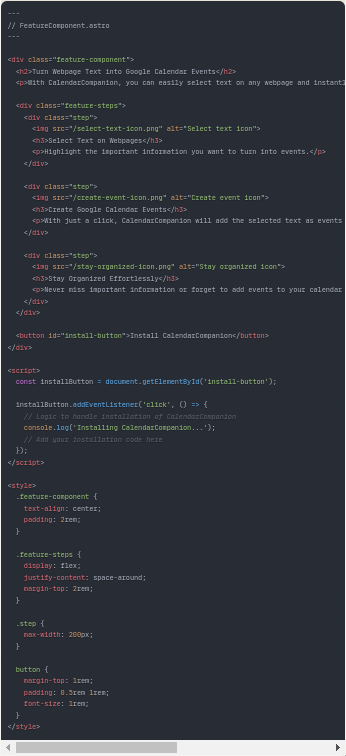
Render HTML

Learning New Technologies
Used LLMs to learn new frameworks, APIs, and concepts
Shortcutted documentation and sample code process
Excels at generating basic code and examples
Code Completion with Copilot
Used Copilot for intelligent code autocompletion
Generates test data, fills arrays, and more
Satisfying and time-saving experience
DevOps and Infrastructure
Consulted ChatGPT for DevOps tasks
Better than verbose or missing online documentation
Generates Dockerfiles, scripts, and deploy files

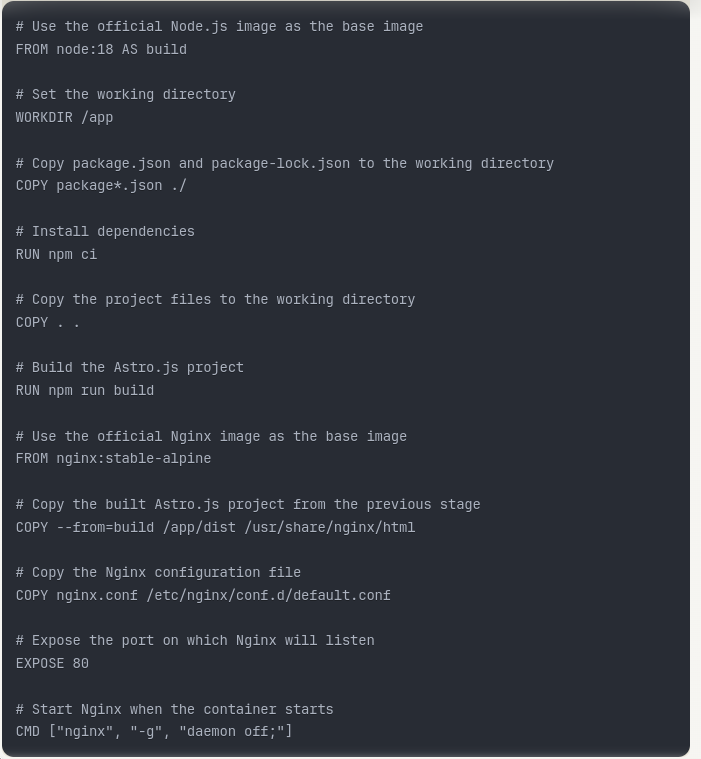
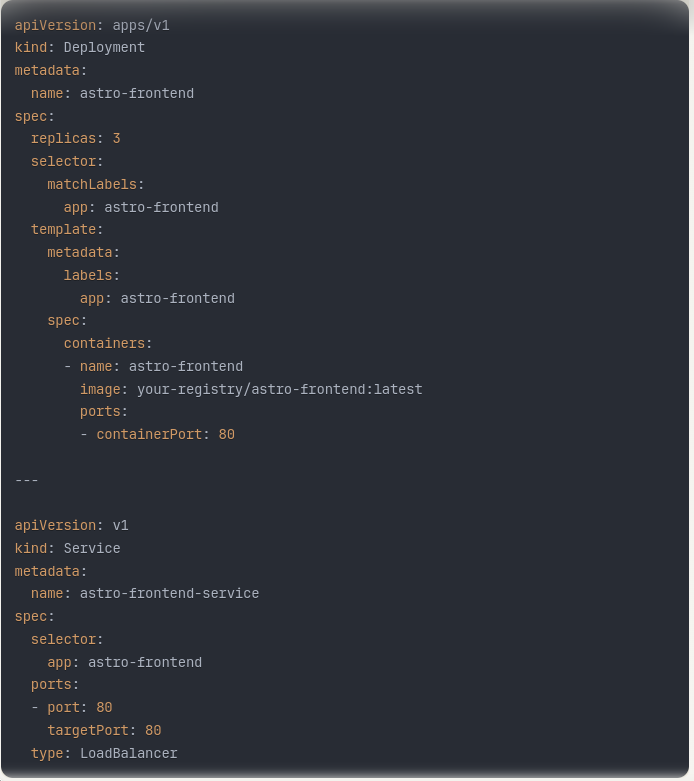
Neovim Integration
Integrated ChatGPT.nvim with Groq hardware
Blazing fast at 500 tokens/second
Currently free to use
Thanks!
For more experiments follow @TechTolley
For more webinars follow @juxtpro